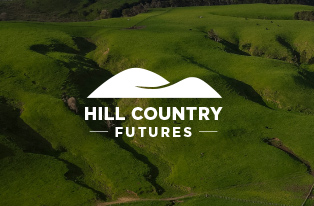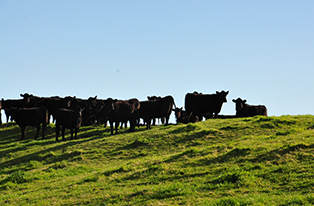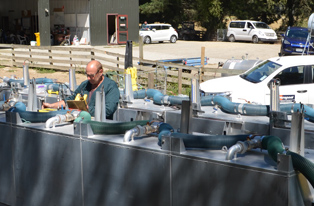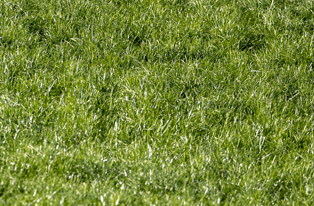Past research

Hill Country Futures
Hill Country Futures was a five year $8.1m programme focused on future proofing the profitability, sustainability and wellbeing of New Zealand’s hill country farmers, their farm systems, the environment and rural communities.

Pasture Raised Advantage
New Zealand scientists have conducted a ground-breaking research programme to explore the differences between pasture-raised beef with grain fed beef and alternative proteins.

Pastoral Greenhouse Gas Research Consortium
The Pastoral Greenhouse Gas Research Consortium (PGgRc) provided knowledge and tools for New Zealand farmers, so they can mitigate greenhouse gas emissions from the agricultural sector.

Past animal health and productivity research
We invest in research that has longevity and ongoing benefit to farmers. Learn more about our completed projects and explore the practical tools and solutions available.

Past environmental resilience research
Explore our past research on pasture management, catch crops, grazeable shrubs, and soil protection, and discover practical solutions for building environmental resilience on your farm.

Pastoral genomics
Pastoral Genomics is a New Zealand research consortium for forage improvement through biotechnology.